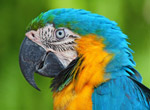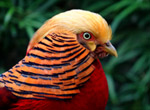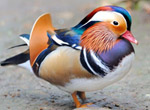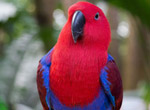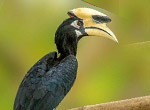




The relation between man and animals dates back as far as prehistoric era. From that period animals were worshipped, domesticated, hunted and killed. The relationship between man and animal had led to development of what we called " Zoo ".
Egyptian rulers kept animals long back as 2500 BC. Chinese Emperor Wen Wang in 2000 BC established "Garden of Intelligence" in China wherein some common animals were kept. Likewise several Rulers, Emperors tried to develop their private collection of animals at several times.
The first Zoo which still exists, was developed in Schonbrun, Austria in 1759 by Emperor Francis I as a present for his wife " Maria Therasa ".
With the establishment of the Zoological Society of London in 1826, utility of zoos was realized but even then animals continued to be kept in cages. In 1907, Carl Hagenback developed the concept of barless moated enclosures and this concept of display of animals influenced the managers of zoos around the world. In place of smaller cages, spacious enclosures came into being that also helped in maintaining the biological and psychological need of the captive animals.
With the tremendous growth of human population and development of infrastructures like roads, buildings etc. as a support system of growing human population , exploitation of natural resources started leading to depletion of forests. As a consequence of such activities , animal populations day by day became fragmented leading to loss of genetic variability in animals and ultimately enter into extinction vortex.
Under the circumstances, the role of zoos was also dramatically changed. The menagerie of 19th Century developed into Zoological Parks in 20th Century and ultimately the same developed into conservation centres in 21st Century.
Over the period of time, justifications of establishing a zoo have changed from mere exhibitionishim, entertainment and amusement into research, education and ex-situ conservation specially to complement in-situ-conservation.
